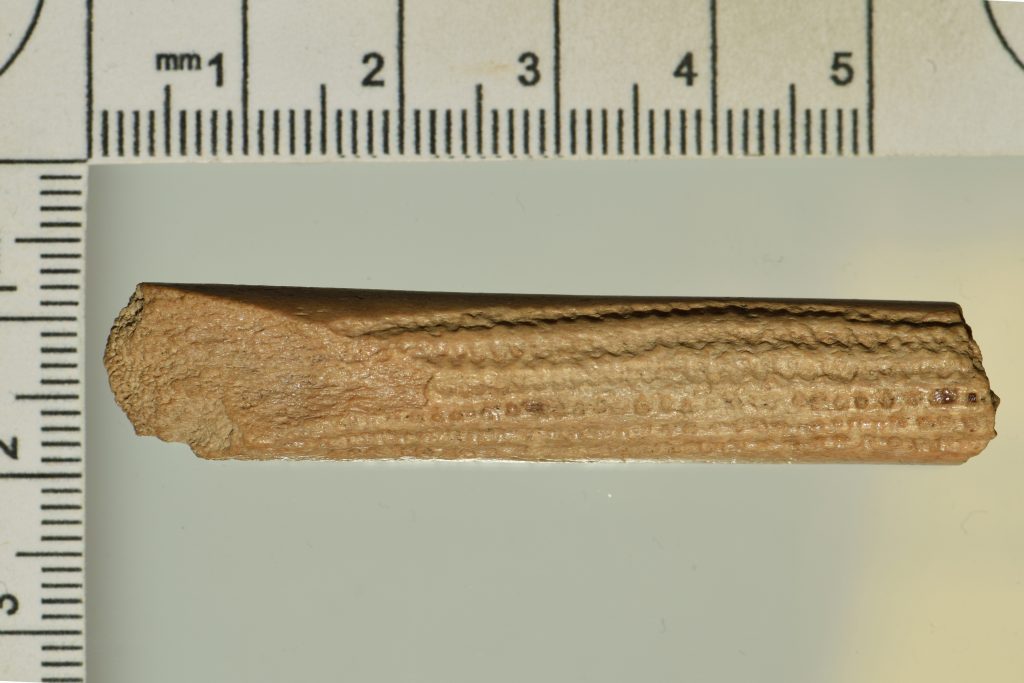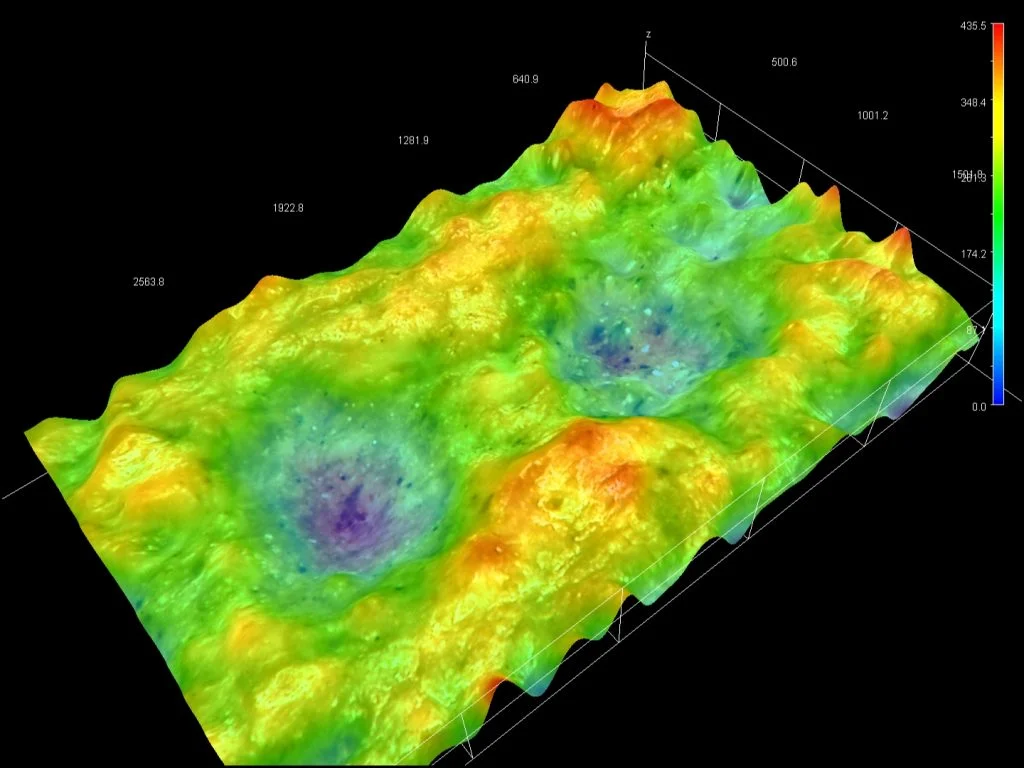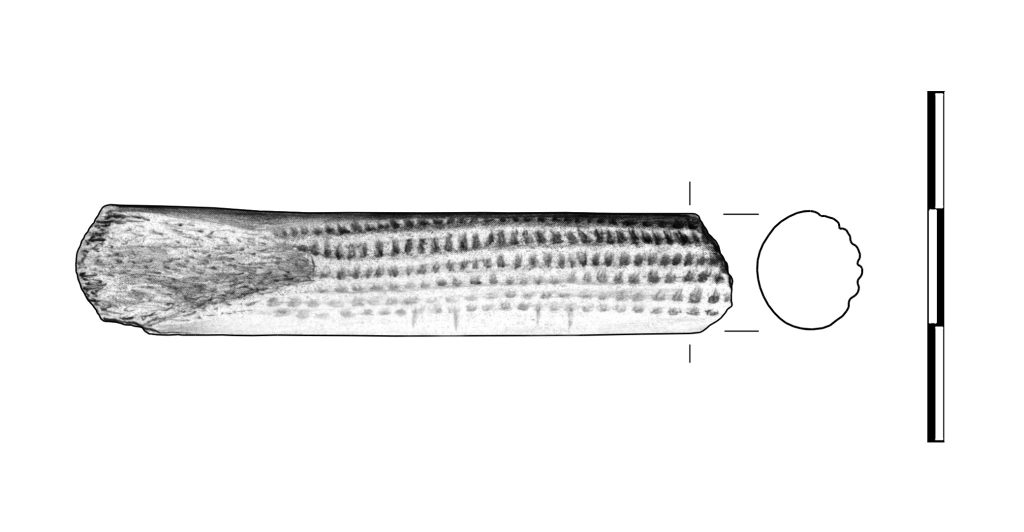The Magdalenian art in Poland: technology, new departures and social meaning
Funding Source: National Science Centre (NCN), OPUS 26 programme, project no. 2023/51/B/HS3/00261
Project Duration: from 2024-07-10 to 2028-07-09
Granted Amount: 1 482 100 PLN
Project website: https://magdalenianart.uwr.edu.pl

Project Description:
At the end of the Ice Age, at the close of the Upper Palaeolithic, major areas of West and Central Europe, from the Iberian Peninsula to today’s southern Poland, were inhabited by Magdalenian culture hunters and gatherers (17 000-12 000 BC). These people created a wonderful material culture and produced rich art including cave paintings, petroglyphs, reliefs and figurines crafted from various materials and lavishly decorated everyday use objects. Rock art is limited to West Europe, but portable art objects are found at all Magdalenian culture settlement centres, including those in southern Poland.
Magdalenian Culture art objects from the south of Poland (about 120 examples) consist of artefacts made from bone, antler or stone, with ornamentation composed of engraved, geometric patterns, as well as anthropomorphic figurines from various materials – stone and bone. These artefacts have been preliminarily catalogued in terms of their art form and manner of make with traditional macroscopic analysis methods. Yet detailed analysis of the forms and parameters of incised ornament is lacking, same as that of traces on objects’ surfaces or the precise manner of their manufacture. Yet such details were deeply linked with the social role of those items and their functioning inside hunter-gatherer communities.

The objective of this project is to carry out such a detailed study providing an overview of this ancient art from the perspective of its social meaning. All artefacts will be analysed using the biographical method, i.e. starting with selection of type of material, through crafting, application of ornament, repairs, usage, up to an object’s abandonment. This allows the linking of ornament type and item form as well as the marks they bear with various aspects of the community’s life. Thus this approach will not only reveal socially acceptable manners of making engraved ornament and figurative depictions, but also point out how art objects functioned in the life of Magdalenian hunters-gatherers.
In the analysis of artefacts we will several leading edge methods of analysis: microscopic examination, tomography, modern analysis of metric features of ornament and figurative depictions, as well as analysis of residue found on the artefacts’ surface. The analysis of artefacts will be accompanied by experimental studies, as well as analysis by Artificial Intelligence algorithms. The objective of those latter tasks is to answer the question – how the ornament was made? – was it a one-off job done by a single person, or was it an extended process of manufacture, be it by a single person or several engravers.
In the second stage of the project we will carry out a synthesis of results of analysis and perform comparative studies with artefacts from Moravia, Saxony, Thuringia and France. The project will conclude with social interpretation of art objects, based upon analysis of their archaeological context, analysis of the artefacts themselves, and data on the social functioning of a given type of artefact in hunter-gatherer societies in light of social anthropology studies. The results will be presented in publications with international readership.
So far such comprehensive studies had been done only for a few prehistorical art objects from all over the world, mostly ornamented artefacts from the Middle Palaeolithic – very rarely of Magdalenian artefacts. One may say that the implementation of this project will introduce an innovative model of modern analysis and deep-going interpretation to ancient art – not only from the Palaeolithic but also from other periods of prehistory.


